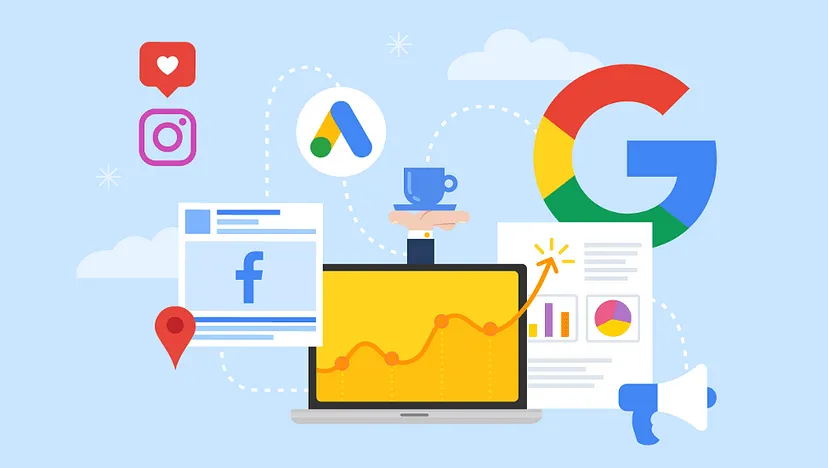Choosing the right platform for your digital advertising campaigns can make all the difference in reaching your target audience and achieving your business goals. Here’s a guide to help you identify the best platform for your digital ads.
1. Understand Your Target Audience
The right platform depends on where your audience spends their time.
- Demographics: Identify the age, location, and interests of your ideal customers.
- Behavior Patterns: Determine how your audience interacts with digital content, such as social media, search engines, or videos.
- Platform-Specific Audiences: Platforms like LinkedIn cater to professionals, while Instagram attracts younger, visually-driven users.
2. Define Your Advertising Goals
Your campaign objectives should guide platform selection.
- Brand Awareness: Platforms like Facebook and Instagram are ideal for building visibility.
- Lead Generation: LinkedIn and Google Ads excel in capturing leads through targeted campaigns.
- E-commerce Sales: Use platforms like Google Shopping or Amazon Ads for driving product purchases.
3. Compare Platform Features
Evaluate the capabilities of each platform to match your needs.
- Ad Formats: Look for options like search ads, display ads, video ads, or carousel ads.
- Targeting Options: Consider the depth of demographic, geographic, and behavioral targeting.
- Performance Tools: Platforms like Google Ads and Facebook offer robust analytics to track campaign success.
4. Analyze Platform Costs
Different platforms come with varying costs and ROI potential.
- Cost-Per-Click (CPC): Compare the average CPC rates for your industry across platforms.
- Budget Flexibility: Choose a platform that fits within your budget while providing sufficient reach.
- Conversion Potential: Focus on platforms that deliver high ROI rather than just low-cost clicks.
5. Consider Your Content Type
Match your content to the platform’s strengths.
- Visual Content: Use Instagram, Pinterest, or TikTok for image and video-heavy campaigns.
- Text-Based Ads: Platforms like Google Search and Twitter work well for text-driven campaigns.
- Professional Content: Leverage LinkedIn for industry-specific and B2B-focused content.
6. Evaluate Analytics and Reporting Tools
Data-driven decisions improve campaign performance.
- Real-Time Tracking: Look for platforms that provide live updates on ad performance.
- Actionable Insights: Platforms like Facebook and Google Ads offer detailed audience behavior reports.
- Ease of Use: Choose platforms with intuitive dashboards for easy analysis.
7. Factor in Organic Reach Opportunities
Some platforms offer organic reach alongside paid advertising.
- Cross-Promotion: Use ads to amplify posts already performing well organically.
- Engagement Opportunities: Platforms like Instagram and LinkedIn foster two-way communication.
- Long-Term Benefits: Strong organic content can reduce ad spend over time.
8. Test and Measure Platform Effectiveness
Run small-scale campaigns to determine the best fit.
- A/B Testing: Experiment with ads on different platforms to identify what works best.
- Performance Comparison: Compare metrics like impressions, clicks, and conversions across platforms.
- Adapt Strategies: Use test results to refine your approach and allocate budgets effectively.
9. Consider Platform-Specific Trends
Stay updated on trends and user behavior for each platform.
- Emerging Features: Platforms like TikTok frequently roll out new ad formats.
- User Preferences: Monitor changes in user behavior to optimize your campaigns.
- Industry Benchmarks: Compare your performance against industry standards for each platform.
10. Integrate Multiple Platforms
Often, the best strategy involves using multiple platforms in harmony.
- Cross-Channel Campaigns: Align messaging across platforms for consistent branding.
- Audience Overlap: Reach users at different stages of the customer journey through complementary platforms.
- Maximize Reach: Use platforms like Google Ads for discovery and Facebook for retargeting.
Choosing the right platform for your digital ads requires understanding your audience, goals, and content. By evaluating platform features, costs, and performance metrics, you can create a targeted and effective advertising strategy.
Need help selecting the perfect platform for your digital ads? Contact us today for expert guidance tailored to your business goals.

